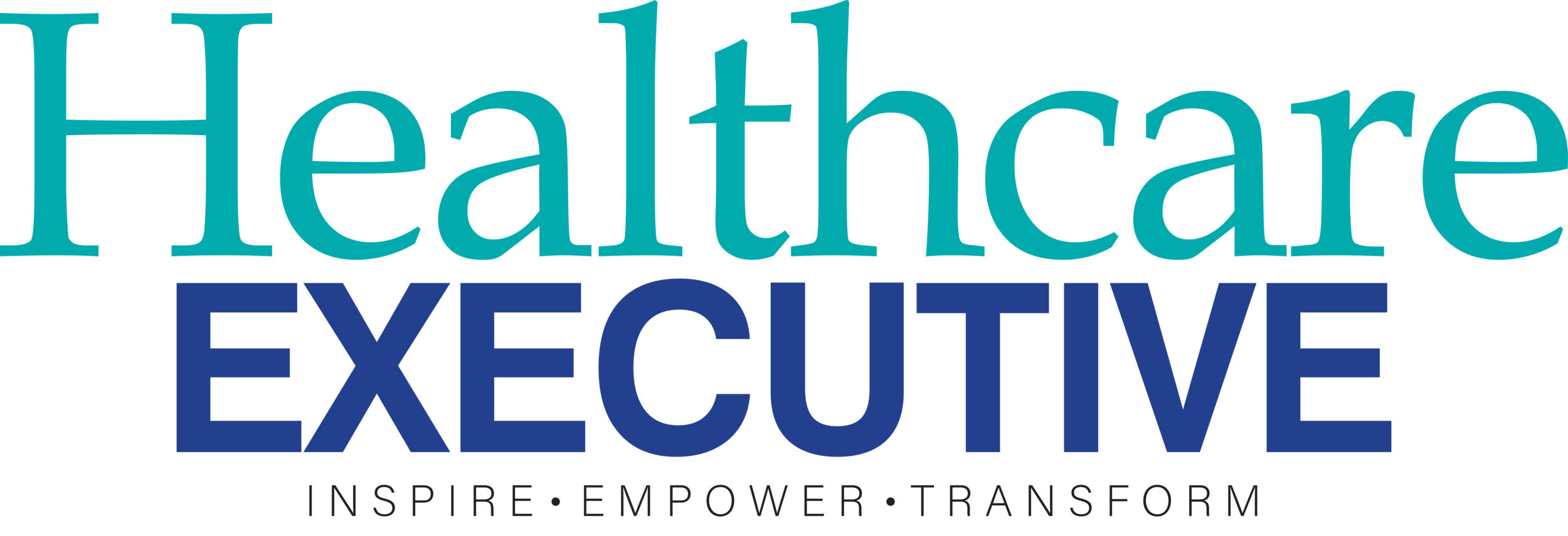Guillain-Barré Syndrome Outbreak in India: A Neuroscientist’s Perspective
By: Debprasad Dutta, Research Scientist, Mazumdar Shaw Center for Translational Research
The history of Guillain-Barré Syndrome (GBS) dates back to 1859, when French physician Jean Landry first documented what he described as “ascending paralysis” (later termed Landry paralysis). In 1916, neurologists Guillain, Barré, and Strohl observed World War I soldiers with mysterious paralysis and elevated cerebrospinal fluid (CSF) protein levels. Though all three contributed, later references omitted Strohl’s name, despite his role in the discovery. In 1927, doctors renamed the syndrome Guillain-Barré Syndrome—though ideally, it should be Guillain-Barré-Strohl Syndrome. Researchers later recognised subtypes like Miller Fisher (1956) and axonal variants (1980s).
GBS happens when the immune system misfires and attacks the body’s own nerves, causing inflammation and disrupted nerve function. Most often, this misfire follows an infection. The body fights a gut bug—Campylobacter jejuni is the usual suspect—or a virus like influenza, and the immune system mistakes nerve cells for foreign threats. Occasionally, vaccinations or surgery trigger the same confusion.
Five years ago, the Department of Science and Technology (DST) recognised my science writing with an award for a story titled Why Can't I Feel My Feet?: Antibodies Playing on the Nerve Floor, published here.
Understanding the Subtypes
GBS has several forms, each with distinct clinical presentations and outcomes:
Acute Inflammatory Demyelinating Polyneuropathy (AIDP): Characterised by rapid-onset symmetrical muscle weakness, peaking within 2–4 weeks. Patients often report numbness, tingling, or nerve pain.
Acute Motor Axonal Neuropathy (AMAN): Characterised by isolated motor weakness with rapid progression (within 1–2 weeks). Cranial nerves are typically spared, but motor deficits may persist.
Acute Motor-Sensory Axonal Neuropathy (AMSAN): Characterised by combined motor and sensory deficits, with more severe symptoms and slower recovery than AMAN.
Miller Fisher Syndrome (MFS): Characterised by three hallmark signs: ophthalmoplegia, ataxia, and areflexia. Limb weakness is rare, and anti-GQ1b antibodies are typically present.
Bickerstaff Brainstem Encephalitis (BBE): Characterised by brainstem dysfunction with altered mental status, cranial nerve involvement, and asymmetrical weakness.
Recurrent GBS: Characterised by repeated episodes with similar symptom patterns. Some patients benefit from long-term immunomodulatory therapy.
Although not strictly a variant, Chronic Inflammatory Demyelinating Polyneuropathy (CIDP) closely resembles GBS in early stages. CIDP typically follows a progressive or relapsing-remitting course and often requires sustained immune therapy.
Healthcare providers tailor interventions based on the subtype, severity, patient age, and coexisting conditions.
The Phases of GBS
Understanding the timeline of GBS is key to clinical care:
Acute Phase (days): Weakness develops rapidly, typically starting in the legs and rising to the upper body. This phase ends at the ‘nadir’.
Plateau Phase (weeks): Symptoms stabilise. Paralysis and autonomic dysfunction may persist, but new deficits don’t appear.
Recovery Phase (months): The body repairs damaged nerves. Strength and mobility gradually return, though some patients experience residual pain or fatigue.
These stages differ in rate of progression, severity of impairment, support needs, and therapy goals. Clinical teams track progress and adapt treatment plans accordingly.
Diagnosing GBS
Early diagnosis prevents complications. Key steps include:
Neurological assessment: Symmetrical weakness and reduced or absent reflexes.
Lumbar puncture: Elevated cerebrospinal fluid protein without excess white blood cells.
Nerve conduction studies (NCS): Distinguish demyelinating (AIDP) from axonal (AMAN, AMSAN) forms.
Autoantibody panels: Anti-GQ1b confirms Miller Fisher in suspected cases.
Infections, Vaccines, and Genetics: What Really Triggers GBS?
GBS often follows an infection or, less commonly, a vaccine. Let’s break this down:
Infections: Over 70% of patients report a recent infection. My team identified Campylobacter jejuni, Chikungunya, Dengue, and Japanese encephalitis as common antecedents in India (study).
Vaccinations: The risk after vaccination is tiny—about 1–2 cases per million doses. Influenza virus, by contrast, causes thousands of GBS cases each year. COVID-19 vaccines add around three extra cases per million. The verdict? Vaccines prevent more harm than they cause.
Not everyone who gets these infections develops GBS. Our research found gene variants in the TLR pathway that influence susceptibility (study).
Treatment Approaches
Act early. That’s the single biggest factor in recovery. First-line interventions:
Plasma Exchange (PLEX): Removes harmful antibodies from circulation.
Intravenous Immunoglobulin (IVIG): Delivers pooled antibodies to reset immune response. Metro hospitals offer IVIG, but patients in rural areas often struggle with access and cost.
Supportive care—ventilatory support, structured neurorehabilitation, and pain management—restores function and improves outcomes.
Systemic Barriers in India
India faces several hurdles:
Delayed recognition due to limited awareness.
Limited therapy access outside urban centres.
Prohibitive treatment costs for therapies like IVIG.
Inconsistent rehabilitation programmes limiting long-term recovery.
What’s Next? Exploring New Frontiers
Innovations on the horizon offer hope:
Promote nerve regeneration through stem cell approaches.
Target antiganglioside antibodies with monoclonal therapies.
Modulate immune response with agents like rituximab.
Deliver immunoglobulins subcutaneously to reduce side effects and improve access.
Final Thoughts: Prevention First, Respond Fast
India needs a “prevention first, respond fast” mindset.
Prevent infections that trigger GBS. Strengthen the Universal Immunisation Programme. Expand early diagnosis and fast-track access to treatment in underserved areas.
Identify biomarkers that predict therapy response, track prognosis, flag potential relapses, and guide personalised, data-driven treatment. Upgrade rehabilitation with immersive tools that restore neuromuscular function and improve quality of life.
Got a story that Healthcare Executive should dig into? Shoot it over to arunima.rajan@hosmac.com—no PR fluff, just solid leads.

